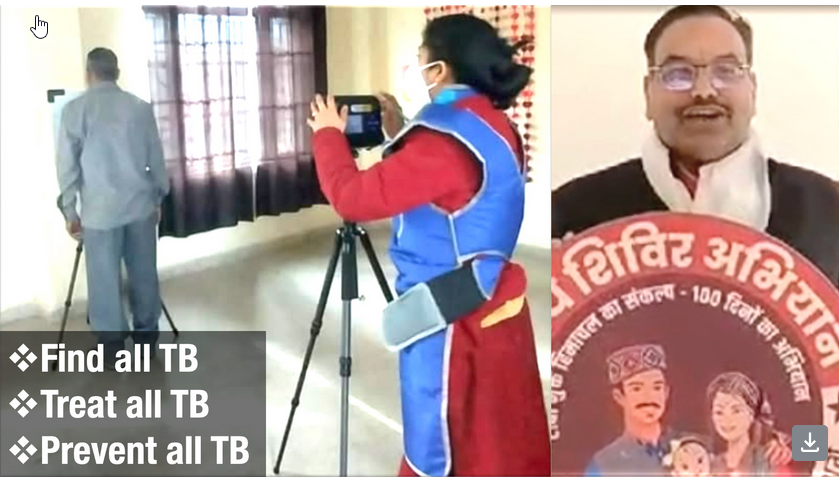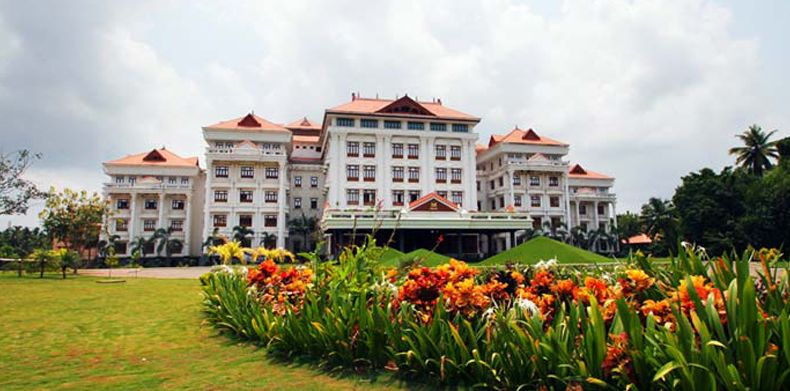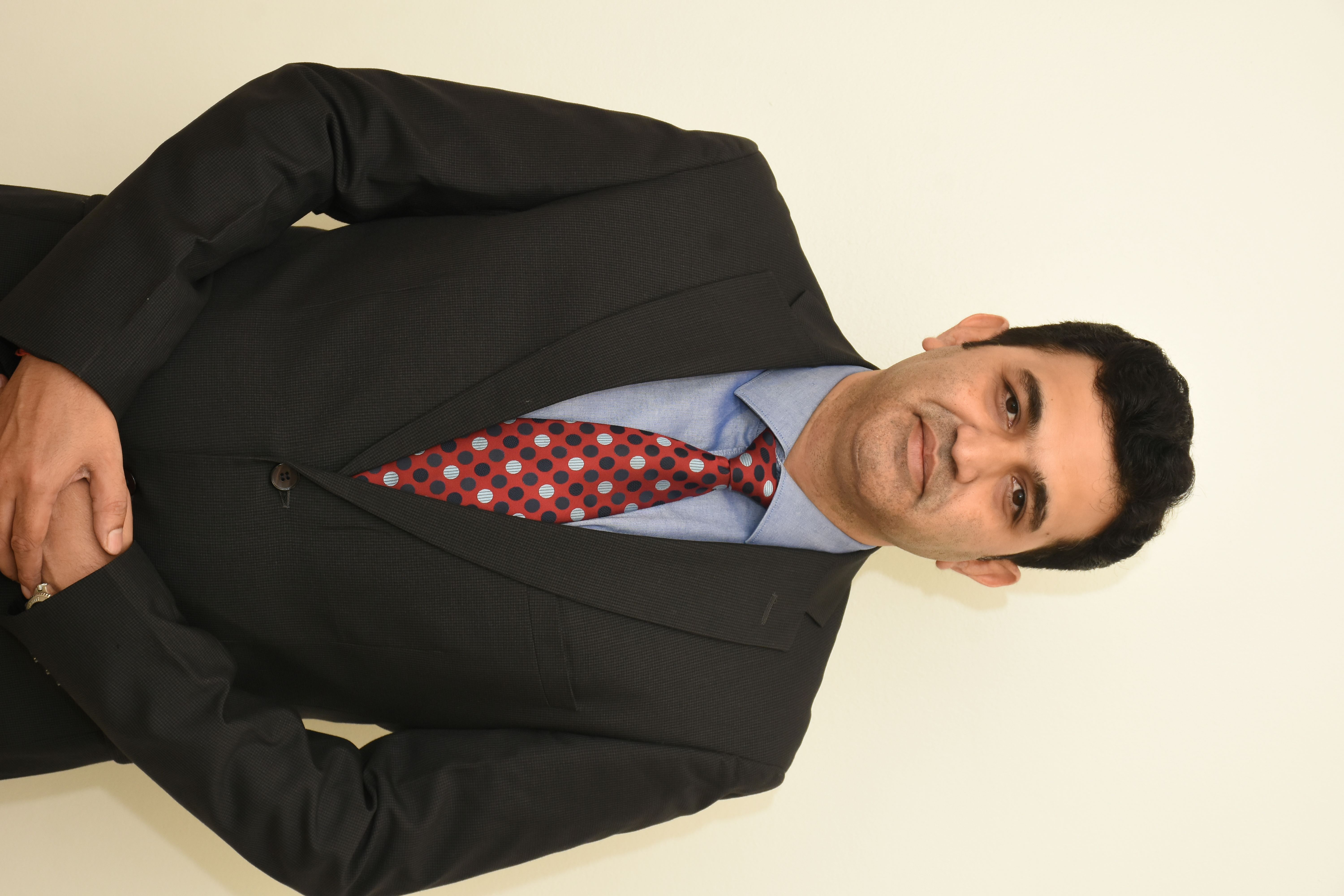In a ground-breaking study, researchers have found that cattle can serve as hosts for both human and bird flu viruses. This discovery has raised significant concerns about potential cross-species infections and the creation of new influenza strains. The study, led by veterinarian Charlotte Kristensen and her team from the University of Copenhagen in Denmark, challenges the long-held belief that cattle are immune to influenza A viruses.
Discovery of Influenza Receptors in Cattle: The research revealed that cattle possess three types of influenza A receptors similar to those found in humans, chickens, and ducks. This discovery is particularly important because it indicates that cattle have a previously unrecognized susceptibility to influenza A viruses. Notably, the study found an abundance of the duck variant of these receptors in the mammary glands of cattle. This suggests a possible route for bird flu transmission to cows, providing insights into outbreaks such as the H5N1 bird flu incident in Texas dairy cattle.
Possible Transmission Pathways: While the exact mechanism of transmission to the udder is still under investigation, researchers speculate that it could occur through contaminated milking equipment or bloodstream infiltration. Despite uncertainties about the precise mode of transmission, the presence of bird flu in grocery store milk has raised concerns about the safety of dairy products.
Pasteurisation and Dairy Safety: Health experts emphasize that pasteurisation effectively mitigates the risk of viral transmission through milk. Pasteurisation is a heat treatment process that inactivates viruses, including influenza, making pasteurised milk safe for consumption. However, the safety of raw milk, which has not undergone pasteurisation, remains controversial. Raw milk is popular among certain consumers for its perceived health benefits but carries inherent risks, including the potential for transmitting infectious diseases. The US Food and Drug Administration advises against the consumption of unpasteurised dairy products, including raw goat and sheep milk.
Public Health Perspectives: Michael Osterholm, director of the Center for Infectious Disease Research and Policy at the University of Minnesota in Minneapolis, has stated that there is no evidence that humans have become infected with influenza A virus through milk consumption. Past experiences with infected poultry have shown minimal transmission to humans, and health organizations categorize the risk of bird flu from milk as low.
Genetic Reassortment Concerns: Despite the safety measures in place, the discovery of dual entry portals for influenza in cattle has led to further inquiries about the potential implications for public health. One of the main concerns is the possibility of genetic reassortment between human and avian influenza strains within cattle. This could potentially give rise to novel viruses with pandemic potential. Therefore, ongoing surveillance and research efforts are crucial to monitor the prevalence and evolution of influenza viruses in livestock populations.
The One Health Approach: These recent findings highlight the interconnectedness of human and animal health, highlighting the need for a One Health approach. This approach, suggested by the Centre for Disease Control and Prevention (CDC), involves integrating efforts across multiple disciplines to achieve optimal health outcomes for people, animals, plants, and their shared environment.
Implications for Future Research and Surveillance: The study led by Charlotte Kristensen is a call to action for more extensive research and surveillance. Understanding the mechanisms of transmission and the potential for cross-species infection is critical in preventing future outbreaks. Researchers and public health officials must work together to track influenza viruses in cattle and other livestock to anticipate and mitigate any threats to human health.
The discovery that cattle can host both human and bird flu viruses is a significant breakthrough with far-reaching implications. While the risk of transmission through milk is low due to pasteurisation, the potential for genetic reassortment in cattle highlights the need for vigilance. By adopting a One Health approach and continuing robust surveillance and research efforts, we can better understand and address the complexities of influenza viruses across different species. This proactive stance is essential to safeguard public health and prevent potential pandemics in the future.

 The discovery that cattle can host both human and bird flu viruses is a significant breakthrough with far-reaching implications. While the risk of transmission through milk is low due to pasteurisation, the potential for genetic reassortment in cattle highlights the need for vigilance.
The discovery that cattle can host both human and bird flu viruses is a significant breakthrough with far-reaching implications. While the risk of transmission through milk is low due to pasteurisation, the potential for genetic reassortment in cattle highlights the need for vigilance.










.jpeg)



.jpg)
.jpg)














